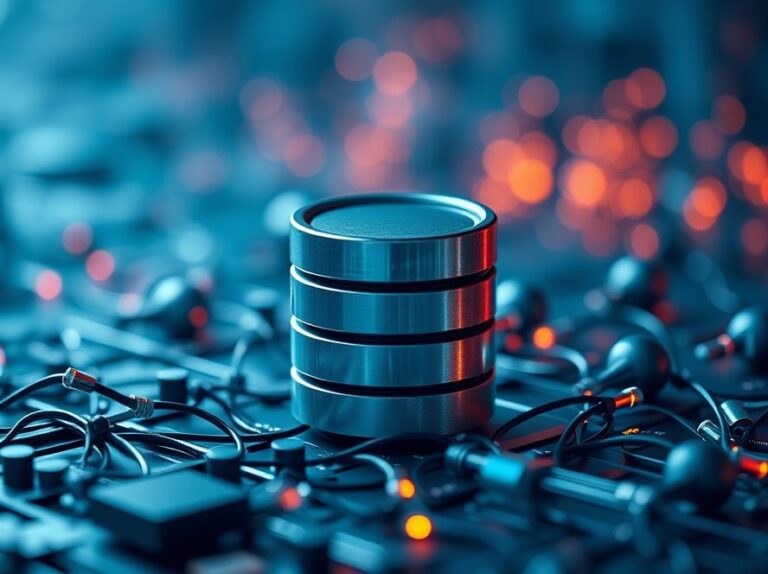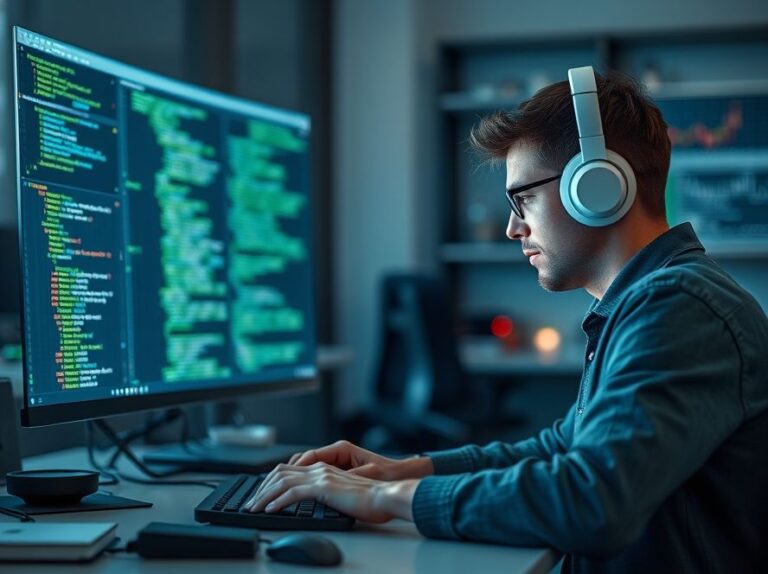OpenAI: The Future of Artificial Intelligence
OpenAI is a research organization dedicated to developing and promoting friendly artificial intelligence (AI) that benefits humanity as a whole. Founded in December 2015, OpenAI aims to ensure that AGI (Artificial General Intelligence) is aligned with human values, and its advancements have far-reaching implications across various sectors.
Understanding OpenAI: A Deeper Dive
At its core, OpenAI focuses on creating AI models that are not only powerful but also ethical. The organization is known for developing state-of-the-art AI technologies like the GPT (Generative Pre-trained Transformer) series, with GPT-3 being one of the most renowned. These models utilize deep learning techniques to generate human-like text, enabling a range of applications from chatbots to content generation.
Key Technologies Developed by OpenAI
OpenAI has developed several key technologies that have revolutionized the AI landscape. Here are some of the most significant:
- GPT-3: A language model that can understand and generate text, making it useful for various applications such as translation, summarization, and creative writing.
- DALL-E: An AI model that generates images from textual descriptions, showcasing the creative potential of AI in art and design.
- Codex: A descendant of GPT-3, Codex is designed specifically for programming tasks, enabling developers to write code more efficiently.
Applications of OpenAI in Real Life
OpenAI’s technologies find applications across various fields, enhancing productivity and creativity. Here are a few practical examples:
1. Content Creation
Businesses and individuals use OpenAI’s models to generate articles, social media posts, and marketing content. For instance, a digital marketing agency might rely on GPT-3 to draft engaging blog posts, saving time and effort.
2. Customer Support
AI-powered chatbots, built on OpenAI’s language models, provide instant support to customers. Companies implement these chatbots to reduce response times and enhance user satisfaction.
3. Code Assistance
Developers use Codex to automate repetitive coding tasks. For example, a software engineer might leverage Codex to generate boilerplate code, allowing them to focus on more complex problems.
4. Education
OpenAI’s models can assist students in learning new subjects by providing explanations, answering questions, and generating practice problems. A student studying for an exam might use GPT-3 to clarify difficult concepts.
How to Utilize OpenAI Technologies in Daily Life
Integrating OpenAI’s capabilities into your daily activities can enhance productivity and creativity. Here’s how you can do it:
- For Writers: Utilize tools like ChatGPT to brainstorm ideas or overcome writer’s block. Simply input your topic, and let the AI generate suggestions.
- For Businesses: Implement AI chatbots on your website to provide 24/7 customer service, improving user experience and operational efficiency.
- For Developers: Use Codex in your Integrated Development Environment (IDE) to autocomplete code, reducing the time spent coding.
Related Concepts to OpenAI
Understanding OpenAI also involves exploring related concepts that shape its ecosystem:
- Artificial General Intelligence (AGI): A level of AI that possesses human-like cognitive abilities.
- Machine Learning: A subset of AI that focuses on algorithms enabling computers to learn from data.
- Natural Language Processing (NLP): A field of AI concerned with the interaction between computers and human languages.
Conclusion: Embracing the AI Revolution
OpenAI stands at the forefront of the artificial intelligence revolution, creating tools that empower individuals and organizations alike. By understanding and utilizing these technologies, we can enhance our capabilities and pave the way for a future where AI and humanity thrive together.
As you explore the applications of OpenAI, consider how these tools can transform your routine and professional life. Engage with AI thoughtfully, and be part of the journey towards a more intelligent future.









